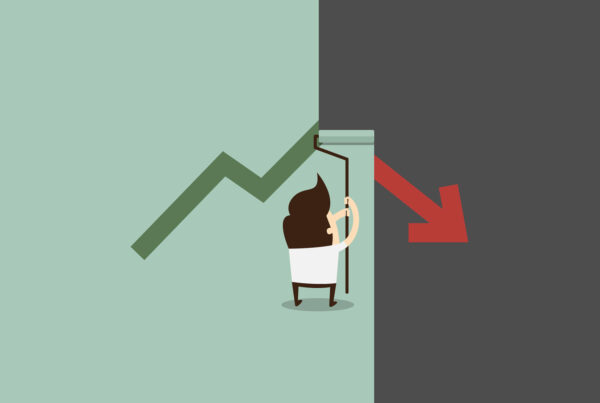One of the first decisions any website creator needs to address is how to manage content. There are two general categories; static HTML, which is written in an editor like Dreamweaver (or even Notepad), and content management systems (CMS). Both methods have implications for design, maintenance and SEO, and have different advantages.
Static HTML
Static HTML is often the best choice for simple website requirements, an online presence really only serves to provide basic information about your business and you don’t intend to change it frequently. Most casual users need to be careful though, since they are likely to use simple WYSIWYG (What You See Is What You Get) editing programs like Microsoft Frontpage. Many of these programs write very inefficient HTML. This makes them a poor choice from an SEO perspective.
If you are going to use static HTML, make sure to use CSS (Cascading Style Sheets). CSS stores all of your formatting information (colors, font, etc) in a separate file. This makes pages easier to edit and more importantly, leaves only the most basic information, your content, on the HTML file itself. This makes the job of the search engine much easier, since your key terms are in greater evidence.
CMS
In contrast, content canagement systems (CMS) use templates and databases to automate a great deal of the web design process. This type of software is ideal when you have website with constantly changing content, like a store or a blog. The different CMS application vary greatly in terms of complexity and learning curve. This blog runs on WordPress, which is very easy to use and to implement. My corporate site, runs on Drupal, which is a bit more complicated. Most of the best CMS packages available are free, which is another advantage.
From an SEO perspective, CMS has the drawback of making access to meta tags more difficult and creating long urls. This is usually easy to overcome by choosing the appropriate add-on modules to uses for your implementation.
For example, on my blog I use the All-In-One SEO Pack to help manage WordPress.
Summary
The general trend in web design is toward CMS, but users with simple website needs should definitely consider using static HTML and CSS. If your needs are more sophisticated, CMS is definitely the way to go – although it is important to make sure that your site is SEO optimized. Most CMS implementations have large user forums where most questions can be addressed.







